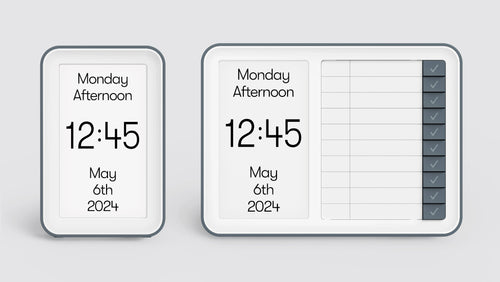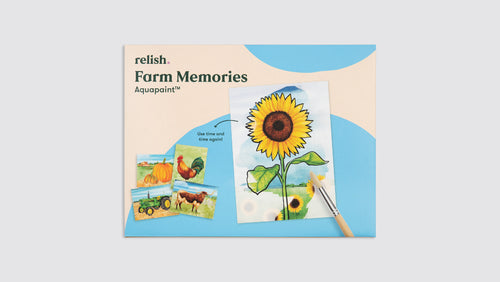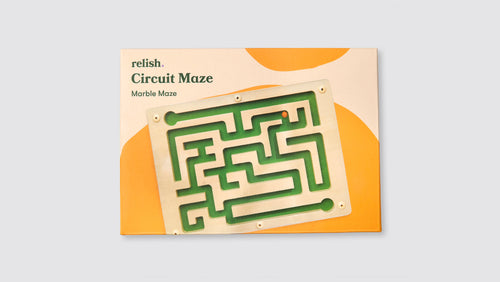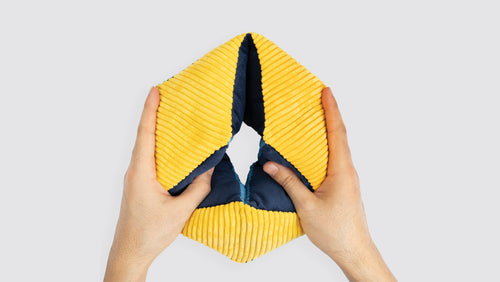Reminiscence is the process of sharing life experiences, memories and stories from the past, and can be particularly beneficial for those living with dementia. As shorter term memory is often affected, exploring different ways to recall memories from the past is highly important. Here we will explore why using photographs as part of reminiscence activities can be beneficial for sparking memories and rebuilding emotional connections.
Why Photographs?
Photographs are extremely useful as part of reminiscence activities as they can show a person a literal time and place associated with a memory. This ability to see a memory in photograph form is unique and ideal for evoking thoughts of the past which may not necessarily be achieved by talking alone.
When using photographs as part of a reminiscence activity why not use gentle prompts such as questions surrounding the event in the photograph to help your loved one recall the memory. It is important to be mindful of the questions you ask, and try not to push your loved one, remember to be patient as your loved one makes associations and recall memories.

Activities
There are a number of reminiscence activities which can involve photographs. Scrapbooking or making a memory box are both great ways to encourage reminiscence both during and after the activity. Not only can you encourage conversation whilst making the book or box, but it can then be reused time and again as part of other reminiscence activities.
Emotional Associations
Deep seated memories often have a lot of emotion attached to them, which is why they remain the longest. It is important to remember that these emotions may not all be positive, and you should be prepared for this when conducting reminiscence activities with your loved one. Remember that having an emotional response to reminiscence isn’t necessarily a negative thing as long as you know how to respond and support your loved one accordingly.
Transporting Back in Time
Photographs can provide a brilliant way of transporting someone back to the time the photograph was taken. It may prove difficult to describe a time to someone, especially if you weren’t there yourself; but with the help of a photograph the visual stimuli can help to make these associations. Memories of a particular time may be harder to recall as your loved one progresses along their dementia journey, but seeing an image of the time in front of them can help to aid in recalling those memories.

Recognising People
People are often at the forefront of a memory and as such recognising different people can help to spark memories. Whilst it can be hard to describe people, having a visual aid in the form of a photograph is ideal. Why not use photographs of different family members or friends and ask your loved one questions about each person to help spark memories and conversations.
Show Places
Whilst images of familiar faces are great at evoking memories, so are images of familiar places. Places hold so many memories of the times you spent there, for example if you think about a picture of a family home; there are so many memories associated with the house which could be unlocked simply by seeing a picture of the home. Images hold the potential to unlock so many memories for someone living with dementia. Why not choose some favourite photographs such as from holidays or of particular people and ask your loved one about each picture.
Photographs are an integral part of reminiscence for someone living with dementia. Why not explore your loved ones photographs with them, or perhaps even use images cut out from a magazine of familiar locations or celebrities to start conversations.














